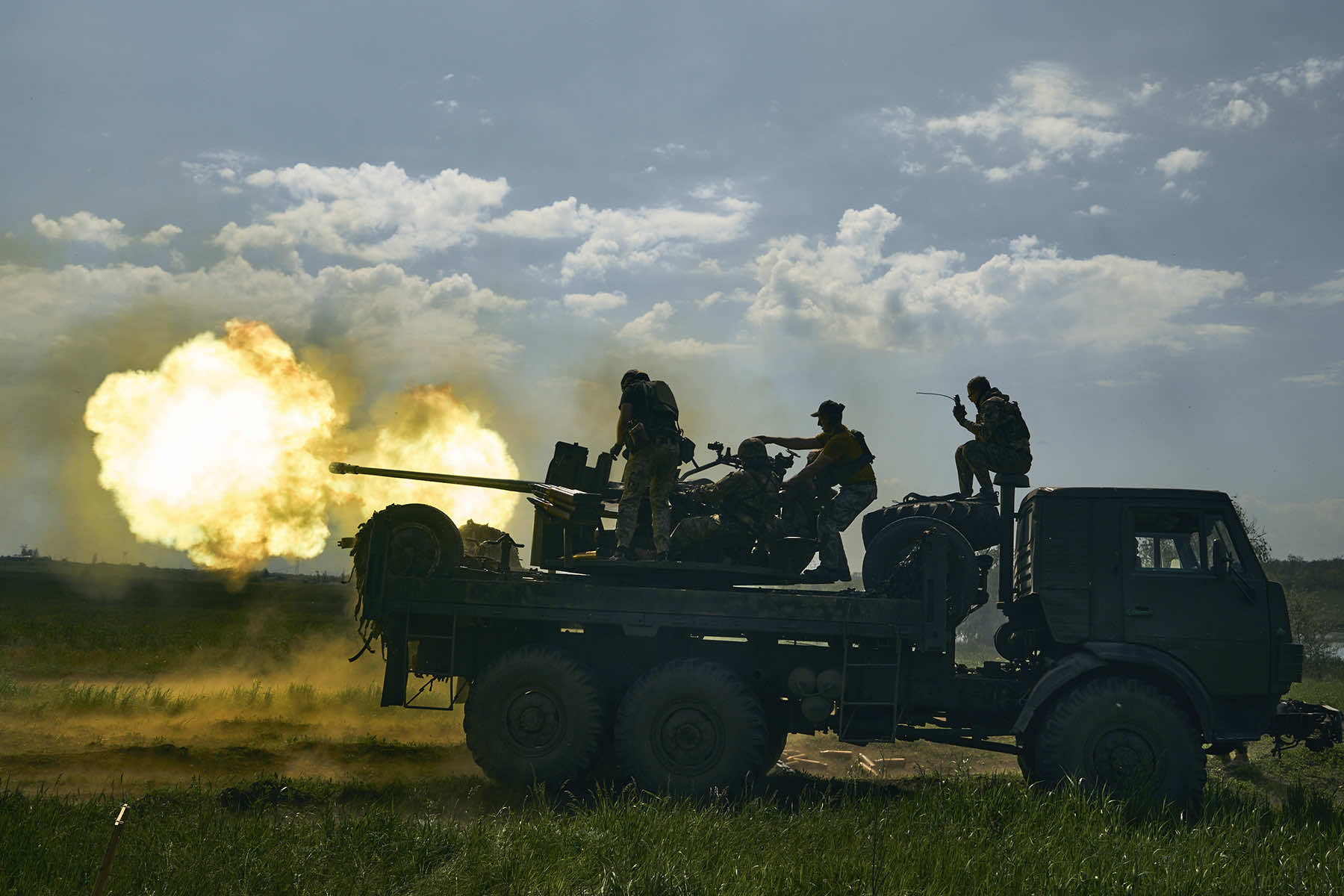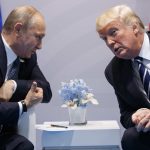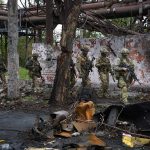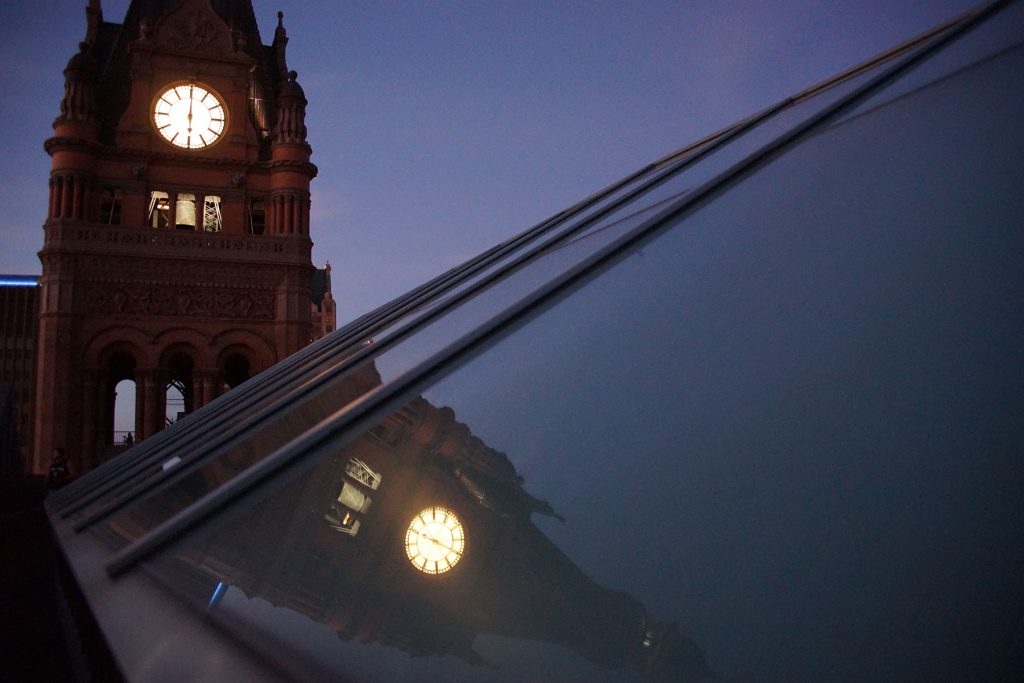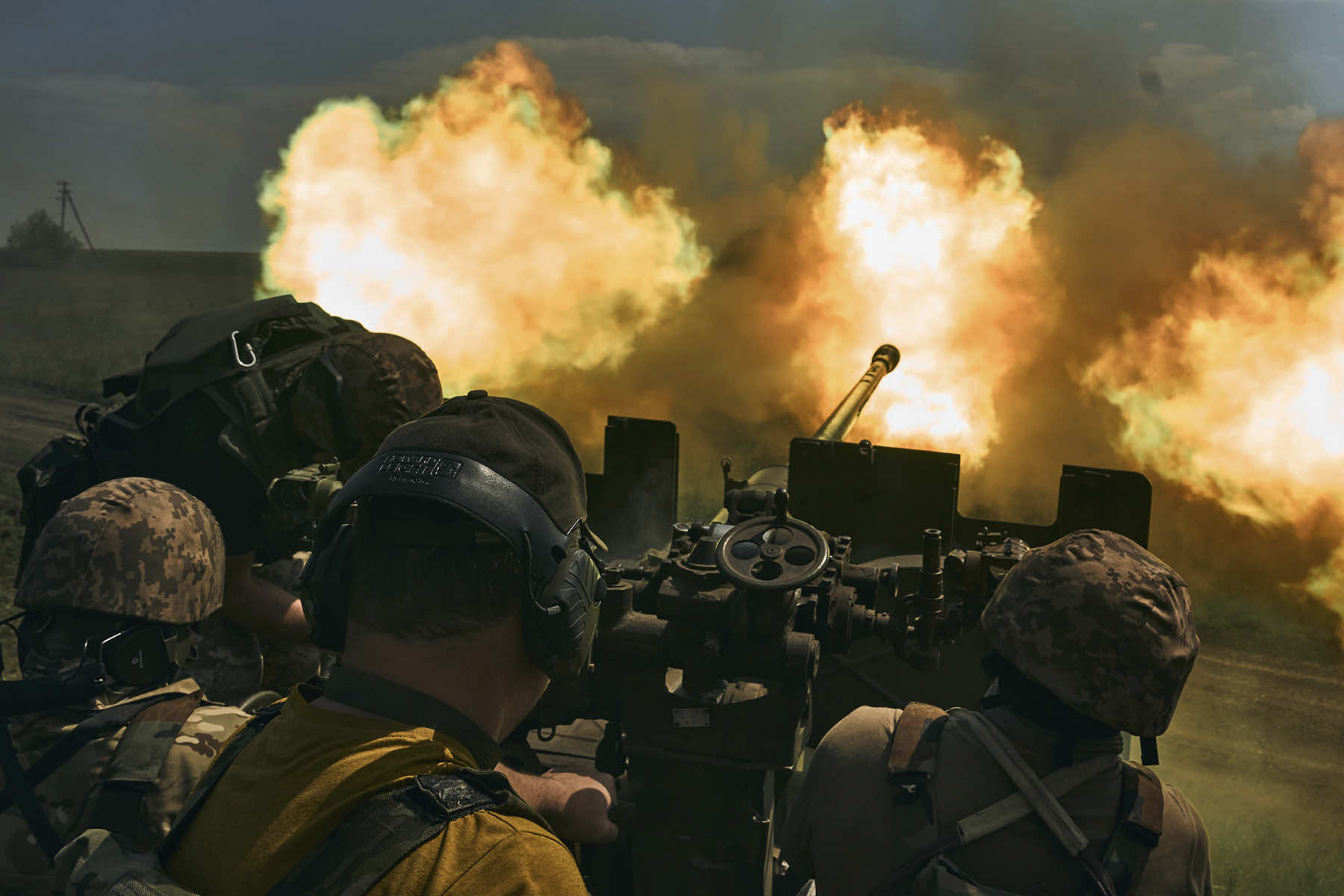
For months, Western allies have shipped billions of dollars worth of weapons systems and ammunition to Ukraine with an urgency to get the supplies to Kyiv in time for an anticipated spring counteroffensive.
Summer is now just around the corner. While Russia and Ukraine are focused on an intense battle for Bakhmut, the Ukrainian spring offensive has yet to begin.
Ukrainian President Volodymyr Zelenskyy recently said it has been delayed because his country lacks enough Western weapons to succeed without suffering too many casualties. Weather and training are playing a role too, officials and defense experts say.
Officials insist the counteroffensive is coming. Preliminary moves by Ukraine to set the conditions it wants for an attack have already begun, a U.S. official said on the condition of anonymity to discuss sensitive matters.
A look at the factors delaying the counteroffensive and the preparations both sides are making in anticipation of it starting soon.
WEATHER
A big part of the delay is the weather. It is taken longer than expected for Ukraine’s frozen ground to thaw and dry, due to an extended, wet, cold spring, which has made it difficult to transition into an offensive.
Instead, the ground has retained a deep mud that makes it more difficult for non-tracked vehicles to operate. The mud is like a soup, the official said. “You just sort of sink in it.”
TRAINING
In the past few months, tens of thousands of Ukrainian soldiers have been trained by the U.S. and allies for the fight. But the final Ukrainian battalion the U.S. is currently training is just finishing its course now.
This final class brings the total number of Ukrainians the U.S. has trained for this fight to more than 10,700. Those forces have learned not only field and medical skills but advanced combined arms tactics with the Stryker and Bradley armored fighting vehicles and Paladin self-propelled howitzers. It also includes highly skilled forces who were trained to operate the Patriot missile defense system.
According to U.S. Army Europe-Africa, more than 41,000 additional Ukrainian troops have been trained through programs run by more than 30 partner nations.
Soon a new phase will begin: The U.S. will start training Ukrainians on Abrams tanks at the Grafenwoehr Training Area in Germany. But the Ukrainians would not wait for the tank training to be finished before they launch their counteroffensive, Ukrainian Defense Minister Oleksii Reznikov told reporters in late April.
WEAPONS ARRIVALS
In just the past five months alone, the U.S. has announced it would send more than $14 billion in weapons and ammunition to Kyiv, most of which is being pulled from existing stockpiles in order to get the supplies to Ukraine faster. NATO and Western allies have responded too, pledging billions in tanks, armored vehicles and air defense systems.
But a lot of that gear still hasn’t arrived, said Ben Barry, a former British intelligence official who is now the senior land warfare fellow at the International Institute for Strategic Studies.
For example, of the approximately 300 tank systems pledged — such as the Leopard 2 tanks promised by countries including Denmark, the Netherlands, Spain and Germany — only about 100 have arrived. Of the 700 or so pledged fighting vehicles, such as British Marauders and U.S. Bradley infantry fighting vehicles, only about 300 have arrived, he said.
Ukraine will also need enough ammunition on hand to sustain a higher tempo fight once the counteroffensive begins, When it comes to the ammunition needed, Ukraine’s chief military logistician will also have a strong say in when the army is ready to launch, Barry said.
In just one munition — the 155mm howitzer round — Ukraine is firing between 6,000 and 8,000 rounds per day, Ukrainian parliamentary member Oleksandra Ustinova told reporters in April.
COUNTEROFFENSIVE CLUES
Both Russia and Ukraine are taking steps in anticipation of the counteroffensive.
Russia has approximately 200,000 troops along a 620-mile battle line, dug in using the same type of trench warfare tactics used in World War I, a Western official said on the condition of anonymity to discuss intelligence matters.
These troops are not as highly trained as Russia’s initial invading force, which sustained heavy casualties. But they are defended by ditches, minefields, and dragon’s teeth — above ground triangle-shaped concrete barriers that make it difficult for tanks to move.
Meanwhile, Ukraine has begun shaping operations, such as targeting Russia’s forward lines with long-range artillery fire. That may indicate that Ukraine is about to push forward on that location — or it could be a decoy to draw Russia’s attention from its actual planned first strike, the official said.
When Ukraine does try to punch through those lines — whether in a limited area or a complex campaign carried out in multiple locations — that will be the likely indicator the offensive has begun, both Barry and the Western official said.
Barry said when Ukrainian brigades start crossing into Russian-held territories and try to attack the first line of Russian defenses, “that’s going to be a dead giveaway I think.”

